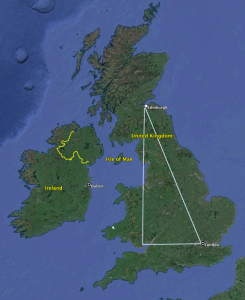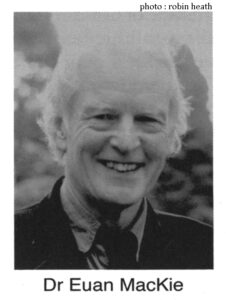
conducted by Robin Heath
29th April – 2nd May 2025
VIP Wales have invited me to lead a four-day tour of the major Megalithic monuments within the Preseli Hills. These include the site of the notoriously famous Stonehenge Bluestones. The wild and largely unspoiled landscape of West Wales houses many other monuments that are all centuries older than Stonehenge!
What were all these massive monuments for? This question was originally and famously posed by the late John Michell, antiquarian, scholar, and author of the best selling The View over Atlantis (1968). In 1968 this question had yet to be satisfactorily answered! My task has been to answer it!
The techniques that I have developed over fifty years can readily be applied by anyone who learns some new techniques that have been largely ignored by mainstream archaeologists. These present a radically different insight into the megalithic mindset.
Applying these techniques are based on Astronomical, Geometrical and Metrological techniques. This opens an entry into an Aladdin’s cave of treasures, not possible within the methodology of current archaeology It reveals the mindset and capabilities of the designers and builders of megalithic monuments.
So… on this tour we invite you to to engage in actually repeating at the actual sites how these remarkable designs were conceived and then erected within these wonderfully located sites in their original landscape. They can be measured, their astronomical, geometrical, and metrological properties seen to meld together, combining all three disciplines into what was clearly an ancient Megalithic Science. A researcher is presented with a new vision of the past, a totally different set of conclusions concerning the capabilities of prehistoric cultures.
By measuring sites and noting their locations you will learn how to recognize how location on the landscape connects prehistoric monuments each to its neighbours, often over long distances. This reveals an ancient knowledge of space and time, a previously unsuspected intent of the Neolithic architects of megaliths, a thoroughly formed cosmology, one that bridges the present chasm between the models of prehistory being promoted by archaeology, purely by including the application of number sciences.
Don’t worry, you will not need a math degree – the builders of these structures surely didn’t have one!
If this all sounds like the kind of experience you would love to get involved with, then let me remind you that I am an experienced and well known researcher, lecturer, author and presenter, happily (and humorously) willing to guide you through the route that archaeology will surely have to embrace.
You will become equipped to change the model of prehistory, way beyond that of “howling barbarians” who evidently built these incomprehensible and massively complex monuments … for no apparent reason!
Numbers on the course are limited – the tour vehicle is a minibus. Accommodation is within a small traditional and highly praised hotel (food is splendid!) in the nearby coastal town of Newport (Pembrokeshire). Food is provided while out on the landscape site.
A leaflet listing the specific details of this tour is under way, including some pictures of the Preseli landscape and some of the sites that, weather permitting, will be visited on the course. Dolmens, Henges, Hill-top ‘forts’, single huge monoliths and stone rings will be found to form patterns on the landscape, revealing the astronomical, geometrical and metrological connections between key sites – including Stonehenge. Should a rainy Welsh day intercede to deny access, there are PowerPoint presentations all set up, and scale models available! You can question & discuss our answers!
In the first instance contact Ewan Rees via by email.
info@vipwales.co.uk
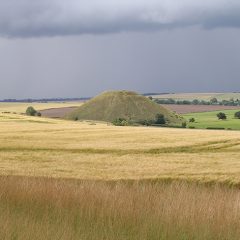

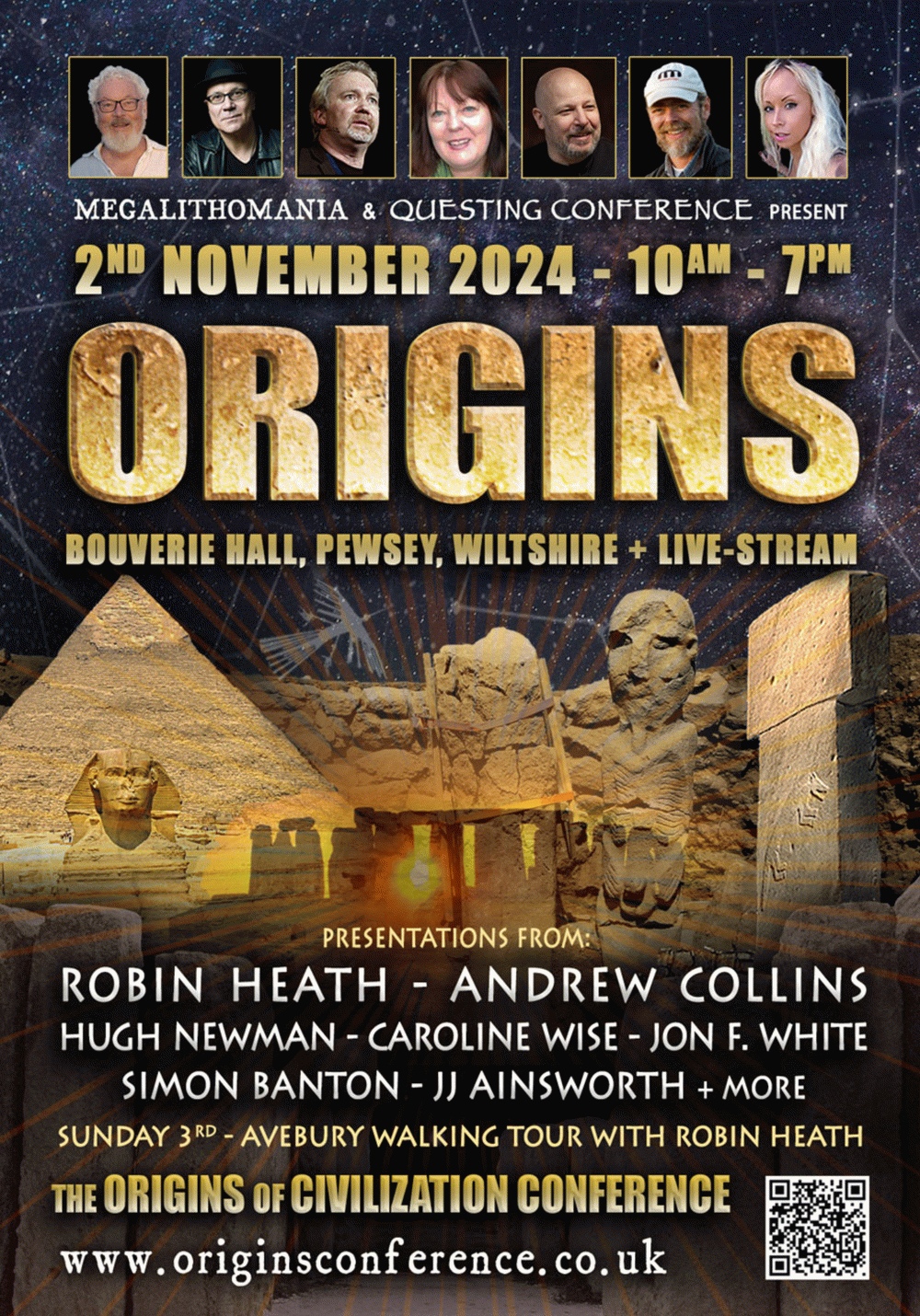
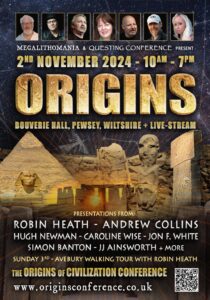
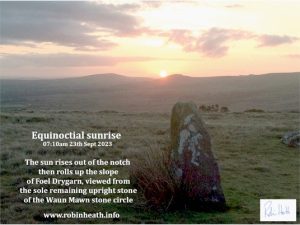 The time of the equinox astronomically was only an hour away from the sunrise, so this is the closest exactitude one could ever hopefully wish for, and as you can see, it affirms everything I’ve been proposing with regards this site’s most likely function.
The time of the equinox astronomically was only an hour away from the sunrise, so this is the closest exactitude one could ever hopefully wish for, and as you can see, it affirms everything I’ve been proposing with regards this site’s most likely function.
